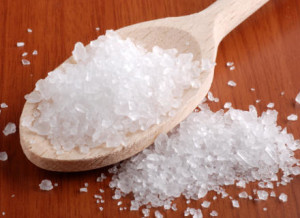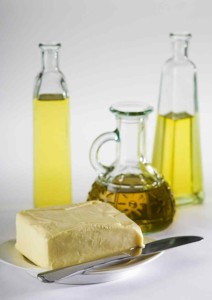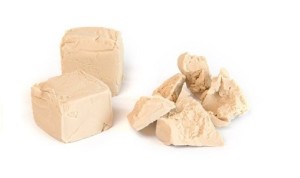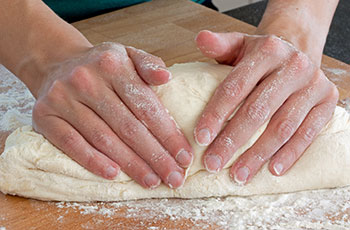We continue with the discussion on ingredients of the mixture, is the time to dedicate to the other two compulsory ingredients: water and salt.
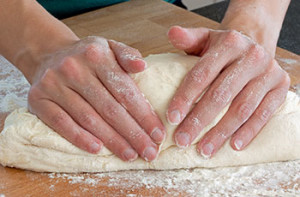
We will also discuss the use of fat, but in this case already enter into the field of the optional ingredients, su cui, for a change, usually vehemently opposed philosophies differ in their.
We start from the water, second only in order of quantity over flour, but equivalent to it in terms of importance; is in fact the meeting between water and flour to make possible the formation of a dough.
What and how to use it is another important element to understand to prepare pizza at home. The first tip is to use natural mineral water because it is more convenient than tap water for three reasons::
- Tap water contains chlorine, used as a disinfectant; this characteristic makes it an antiseptic enemy of yeast and therefore there is no need to put it inside our bodies. If you find yourself without bottled water, and you're forced to use the tap water, first you have to leave in a jug for at least an hour in order to allow time for the chlorine to evaporate.
- In some areas, tap water can be overly harsh and in this case the only way to get more fresh water is to take it to the supermarket (Sant'Anna, Even the slightest, Sanbenedetto, Santacroce, etc.);
- It 'easier to manage the temperature, putting it in the refrigerator or less depending on season and room temperature.
This last point is important because the temperature of the water is the only element that can vary to control the final temperature of the mixture. Between summer and winter we may have differences in temperature (understood as the temperature of the room where we make our dough) also 10 degrees and this must be taken into account.
The dough for our pizza should have a temperature of about 24 degrees. Considering that produce heat during kneading, if the ambient temperature is 30 ° we have a little problem. The only way to intervene is the temperature of the water that in fact we have to put in the refrigerator during the hot season.
A good rule of thumb is the so-called rule 55: the sum of the ambient temperature, the temperature of the flour (consider that conventionally equals the ambient temperature) and water temperature must give us the value 55.
Let's take an example: if our temperature is 20 °, then the water will be more or less than 15 ° (20 + 20 + 15 = 55); but if we have 25 degrees as ambient temperature, then the water will be around 5 °.
Let the salt and even here it is necessary to keep in mind a couple of little things on how to use it properly.
Salt is an inhibitor of yeast in the dough, it must be put as late as possible (instead you put the yeast dissolved in water immediately). salt has a positive effect on the formation of the gluten, therefore helps in closing the final dough.
The use of fat in the dough for the pizza is widespread, but it is not absolutely essential, in particular at home. One of the functions of the fat in the dough is to delay the staling, little fearful danger when the pizza is torn by 15 minutes maximum by cooking.
There remains the question of personal taste and their propensity intake of fat, in every way, If you decide to use them, know that it should be placed slurry already closed and very gradually.
The most common type of fat is definitely extra virgin olive oil, but lard is a plausible option.
[RICH_REVIEWS_SNIPPET] Rate & review
